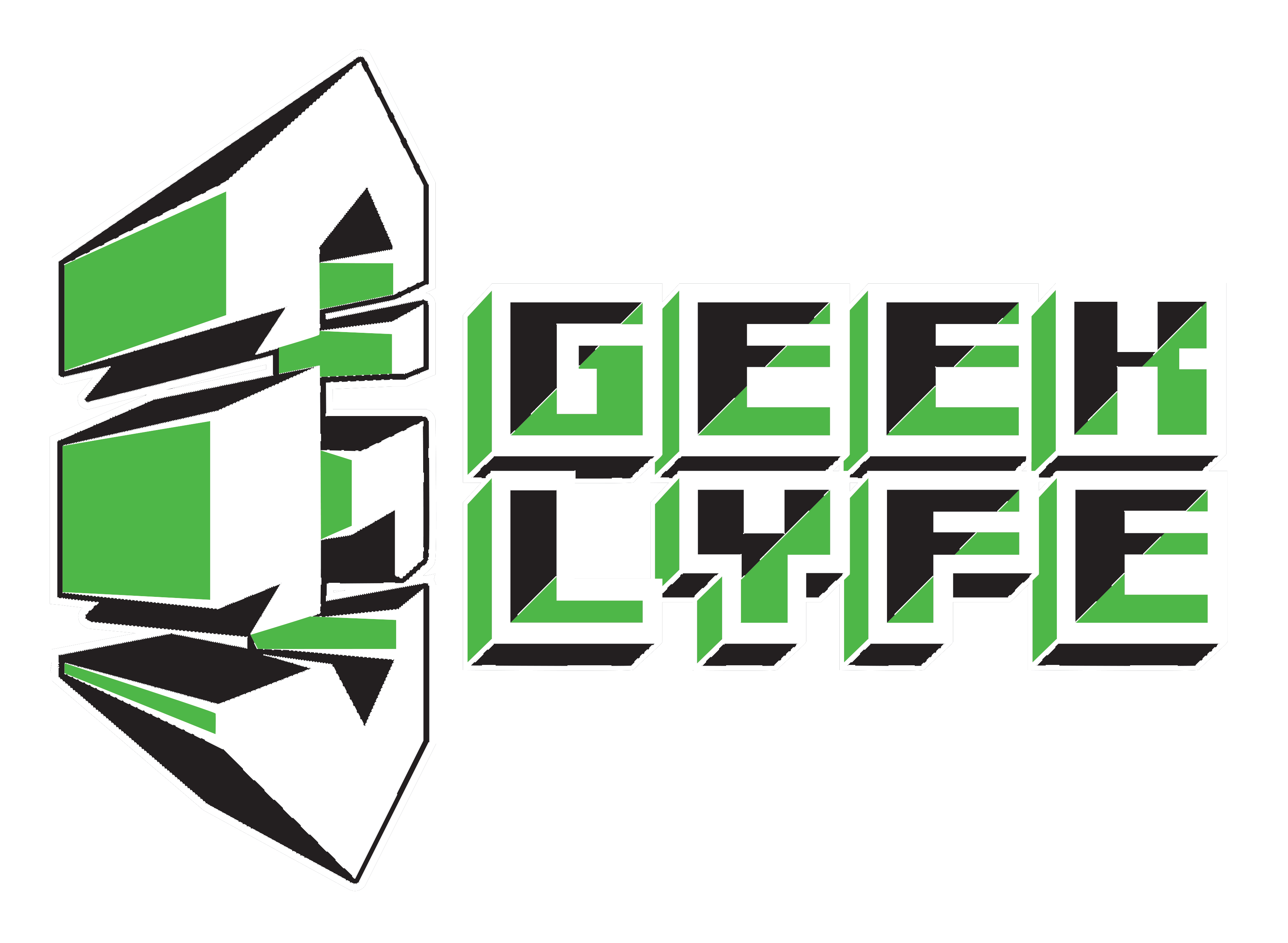How Data Centres are Revolutionising the Gaming Industry?

Earlier, video games came in small consoles, Nintendo Entertainment System being the most successful console of its time. The introduction of arcade gaming revolutionized the dynamic realm of gaming. Contemporary games now come in high-end consoles but most of them require a steady internet connection to access the data on the cloud.
Gamers also do not like network latency which occurs after gaming servers become overwhelmed with too many requests. Gaming developers and publishers seek out solutions to the challenges coming with the streaming model.
Is Google Stadia the future of streaming games?
Datacentre business such as Alterum Technologies has peeled their eyes for this opportunity providing custom solutions and exclusive computing devices and services. The launch of Google Stadia is living proof that technology can merge the gap between gaming devices and devices that are used for day-to-day activities.
Google’s cloud gaming device can offer players to play games at 4K resolutions and 60 frames per second. The games can be played without any consoles or on a laptop or mobile phone on chrome. This can potentially free people from the limitations of traditional consoles and gaming devices with the assistance of Google’s worldwide network of data centres as per Phil Harrison, Vice President and General Manager of Google Stadia.
The need for networking infrastructure
Just imagine, how much data per hour and cloud storage space will be used when games of 60 frames per second and higher will be accessed by millions of players at a time worldwide? Yes, the answer is a lot.

Google Stadia can eat up to 4GB to 20 GB of data per hour as it supports 1080-pixel HD streaming. Dr Thomas King, Chief Technology Officer at DE- CIX, the leading internet exchange explains the changes cloud streaming in gaming will bring.
He elucidates that now online gaming transmits less information as compared to other services operating on the cloud. Program files of games take a large space in the user’s hard drive. Cloud gaming will allow computing operations to roll out in one place thus, freeing people from downloading and saving games on their devices locally.
It means that your home desktop, smartphone, or tablet that you use daily will be an output device for the game. However, it will translate into users looking out for data plans. Interxion’s Director of marketing and business development, Bryan Hill has projected that game streaming will require a ton more data.’ Gaming data must be distinguished from video data. The data is compressed beforehand in video data while in gaming if it gets delayed even for a second, the whole infrastructure will not be of any use, after all.

The requirement of data and networking will increase, increasing the costs of establishing data centres at different locations for gaming publishers. The concept will be limited for people having infostructure to afford high data connections.
The problem
Eduardo Carvalho, President of Equinix and Interconnections in Brazil, is an authority on networking technology. He says that large gaming companies will have to build their own infrastructure, but it will just add to their maintenance costs.
The solution
Gaming developers and publishers may initially rent data infrastructure from CDNs or Content Delivery Networks. Sharing will solve half of their problem as this may not support interactive gaming because CDNs are ideal for streaming static content.
Addressing the problem of Latency in gaming
With the demand for more and more interactive gaming powered with AI and IoT, latency demands will witness a steep rise. Gaming infrastructures may collaborate with smaller networking hubs to better user experience.
Chicano | Fighting/Writing for Diversity | DM since 08 | Anime Lover | Site: https://www.thegeeklyfe.com | info@thegeeklyfe.com | http://twitch.tv/that_deangelo | https://linktr.ee/deangelomurillo




